How to Get Rid of Mice from House
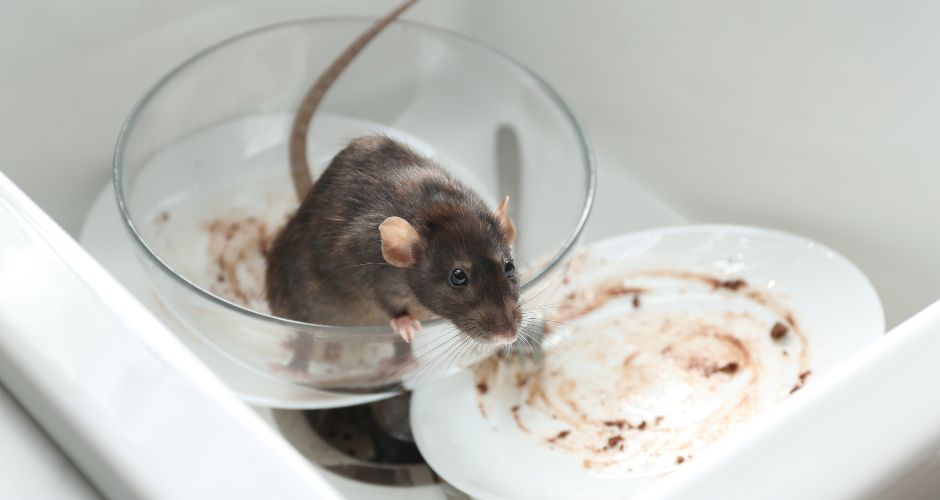
Rodents, such as rats and mice, are common pests that can cause a host of problems for homeowners. They not only damage property but also pose health risks through the transmission of diseases. To ensure the safety and comfort of your home, it’s essential to employ effective rodent control measures. In this comprehensive guide, we will explore the best strategies on How to Get Rid of Rodents from your living spaces.
Common Types of Rodents
Before delving into rodent control methods, it’s essential to identify the common types of rodents:
1. Norway Rat (Rattus norvegicus) – Norway rats, also known as brown rats or sewer rats, are one of the largest rat species. They typically have brownish-grey fur with a lighter belly. Their tails are shorter than their bodies.
- Habitat: These rats are often found in caves near buildings, sewers, and garbage dumps. They are excellent swimmers and can even enter buildings through plumbing.
- Behaviour: Norway rats are omnivorous and opportunistic feeders, consuming a wide range of foods. They are known for their ability to gnaw through various materials, including wood and plastic.
- Reproduction: They reproduce rapidly, with females giving birth to litters of 6-12 pups, and they can have multiple litters in a year.
2. Roof Rat (Rattus rattus) – Roof rats, also known as black rats, are smaller and sleeker than Norway rats. They have dark fur and a pointed snout. Their tails are longer than their bodies.
- Habitat: Roof rats are skilled climbers and are often found in high places, such as attics, roofs, trees, and rafters. They prefer warmer climates.
- Behaviour: These rats are agile and excellent climbers, making them more likely to access the upper floors of buildings. They primarily feed on fruits, grains, and seeds.
- Reproduction: Roof rats reproduce rapidly, with females giving birth to 4-6 pups per litter and having multiple litters in a year.
3. House Mouse (Mus musculus) – House mice are small rodents with slender bodies and pointed snouts. They typically have light brown to grey fur with a lighter belly.
- Habitat: House mice are highly adaptable and can live in various environments, including homes, offices, and farms. They can squeeze through tiny openings to gain entry.
- Behaviour: These mice are omnivores and will eat almost anything, including grains, seeds, and insects. They build nests in hidden, dark areas.
- Reproduction: House mice reproduce quickly, with females giving birth to 5-6 pups per litter and having multiple litters in a year.
4. Field Mouse (Apodemus spp.) – Field mice encompass several species, including deer mice and meadow mice. They are similar in appearance to house mice but are often found in outdoor and agricultural settings.
- Habitat: Field mice inhabit fields, meadows, and grassy areas, where they build burrows and nests. They may enter buildings in search of food.
- Behaviour: These mice primarily feed on seeds, grains, and vegetation. They play a crucial role in ecosystems by serving as a food source for predators.
- Reproduction: Field mice can have multiple litters in a year, with litter sizes varying depending on the species and environmental conditions.
Dangers of Rodent Infestations
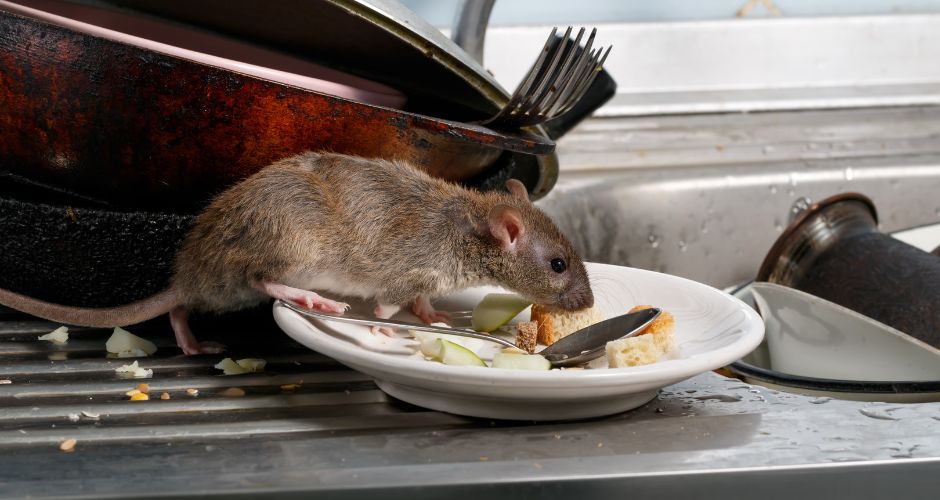
Rodent infestations pose various dangers and health risks, making them a serious concern for homeowners and businesses. Understanding these risks is essential to prompt action and effective rodent control. Here are the key dangers associated with rodent infestations:
Disease Transmission:
- Hantavirus: This potentially life-threatening virus is transmitted through contact with rodent urine, droppings, or saliva. Breathing in contaminated dust can lead to Hantavirus Pulmonary Syndrome (HPS), which can be fatal.
- Salmonella: Rats and mice can carry Salmonella bacteria, which can contaminate food and surfaces. Ingesting food or water contaminated with Salmonella can cause food poisoning, leading to symptoms such as diarrhoea, vomiting, and fever.
- Leptospirosis: Leptospirosis is a bacterial infection transmitted through contact with contaminated water or soil, often from rodent urine. It can lead to flu-like symptoms, kidney and liver damage, and even death in severe cases.
- Rat-Bite Fever: This rare bacterial disease can be transmitted to humans through bites, scratches, or contact with rodent excretions. Symptoms include fever, muscle pain, and skin rash.
Property Damage:
- Gnawing: Rodents have sharp, continuously growing teeth that they must gnaw on to keep at a manageable length. As a result, they can cause significant damage to structures, electrical wiring, insulation, and even furniture.
- Contamination: Rodents contaminate the areas they inhabit with urine, droppings, and hair. This contamination can lead to unpleasant odours, stains, and the need for costly cleaning and repairs.
Allergens:
- Airborne Allergens: Proteins found in rodent urine, droppings, and dander can become airborne when disturbed. These allergens can trigger allergic reactions in sensitive individuals, leading to symptoms such as sneezing, coughing, and itchy eyes.
- Asthma Aggravation: For individuals with asthma, exposure to rodent allergens can exacerbate respiratory symptoms and lead to asthma attacks.
Structural Damage:
- Nesting Habits: Rodents often build nests in wall voids, attics, and crawl spaces. Their nesting materials, which may include paper, fabric, and insulation, can damage structures and pose fire hazards if near electrical wiring.
Contaminated Food and Water:
- Food Storage: Rodents can contaminate food storage areas by gnawing through packaging and leaving behind droppings and urine. Consuming contaminated food can lead to foodborne illnesses.
- Water Sources: Rodents may contaminate water sources by swimming in or defecating in open containers, posing health risks to humans and pets.
Psychological Stress:
- Anxiety and Stress: A rodent infestation can be emotionally distressing. The constant fear and anxiety of encountering rodents, along with the financial and health concerns they bring, can lead to significant stress for residents.
Signs of a Rodent Infestation

Detecting a rat and mouse infestation early is crucial for effective rodent control. Knowing the signs of a rodent infestation can help you take swift action to address the problem. Here are common signs to watch for:
- Droppings: Rodent droppings are a telltale sign of an infestation. They are typically small, rod-shaped, and dark in color. The presence of fresh droppings indicates recent activity.
- Gnaw Marks: Rodents have continuously growing teeth that require constant chewing to keep them from overgrowing. Look for gnaw marks on food packaging, wooden structures, wires, and insulation.
- Scratching Sounds: You may hear scratching, scurrying, or rustling noises, especially at night when rodents are most active. These sounds often come from walls, ceilings, or floors.
- Nesting Materials: Rodents create nests using various materials like shredded paper, fabric, insulation, and plant matter. Finding these materials in hidden corners or storage spaces is a clear indicator.
- Visible Rodents: In some cases, you may spot live or dead rodents in and around your property. Live sightings typically occur at night when rodents are foraging for food.
- Urine Stains and Odors: Rodent urine can leave stains on surfaces, particularly in areas they frequent. It may also produce a musky, ammonia-like odour that becomes more pronounced as the infestation worsens.
- Grease Marks: Rodents often leave grease or dirt marks along their regular travel paths. These marks may be visible on walls, baseboards, or along the edges of objects.
- Chewed Food Packaging: Inspect your pantry for chewed or gnawed food packaging. Rodents can access stored food and contaminate it with their droppings and urine.
- Holes and Entry Points: Check for small openings or holes in walls, floors, or foundations. Rodents can enter buildings through even tiny gaps and cracks.
- Tracks and Footprints: In dusty or muddy areas, you may find rodent tracks and footprints. These can help confirm the presence of rodents.
- Pet Behavior: Pay attention to your pets’ behaviour. Cats and dogs may exhibit heightened interest in certain areas, such as wall voids, where they sense the presence of rodents.
- Unusual Pet Behavior: Unusual behaviour in pets, such as increased agitation, barking, or scratching at walls, may indicate their awareness of rodent activity.
If you suspect a rodent infestation based on these signs, it’s essential to take action promptly to prevent further problems. Rodents reproduce rapidly, so a small infestation can quickly become a more significant issue.
Rodent Prevention Strategies
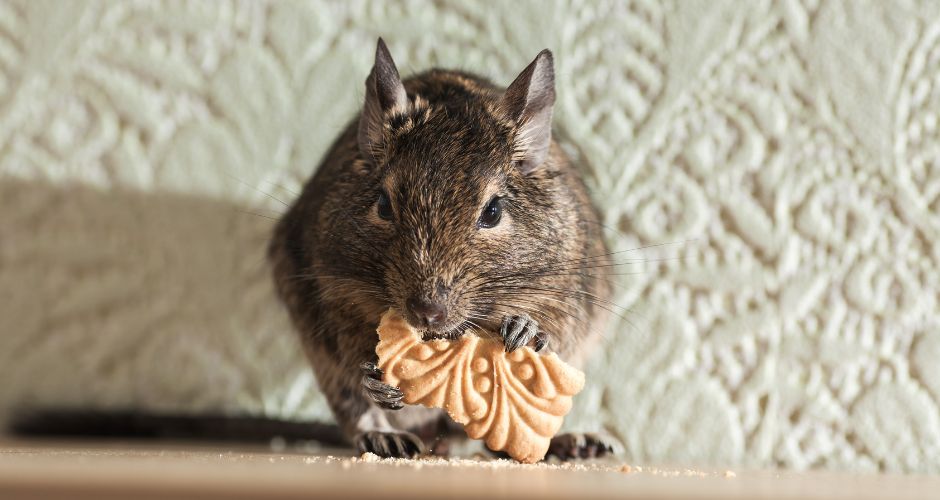
Preventing rat and mouse infestations requires a proactive approach. Here are some effective rodent prevention strategies to help keep rats and mice away from your home:
Sealing Entry Points:
- Properly seal any gaps, cracks, or holes in your home’s exterior. Pay close attention to areas around doors, windows, pipes, and utility lines.
- Use materials like steel wool, caulk, or foam insulation to seal entry points effectively. Rodents can squeeze through tiny openings, so be thorough.
Keep a Clean Environment:
- Regularly clean and sanitize your home. This includes sweeping, vacuuming, and wiping down surfaces to remove food crumbs, spills, and potential nesting materials.
- Store food in airtight containers to prevent rodents from accessing it. This includes pet food, which should also be stored securely.
Remove Outdoor Attractants:
- Trim vegetation near your home, especially branches that touch or overhang the roof. Rodents can use these as pathways to enter your home.
- Eliminate sources of standing water in your yard, such as clogged gutters or containers. Rodents are attracted to water sources.
Secure Garbage and Compost:
- Invest in rodent-resistant trash cans and containers with secure lids. Ensure that garbage is tightly sealed.
- If you have a compost bin, use one with a secure lid and avoid adding meat or dairy products to it, as they can attract rodents.
Properly Store Firewood and Outdoor Items:
- Keep firewood, lumber, and other items stored away from your home and at least 18 inches off the ground. This prevents rodents from nesting in or around them.
- Store outdoor items like garden tools in rodent-proof containers or sheds.
Top Tips on How to Get Rid of Rodents
Effective rodent control is essential to protect your home and health. Here are some tips and strategies on How to Get Rid of Rodents:
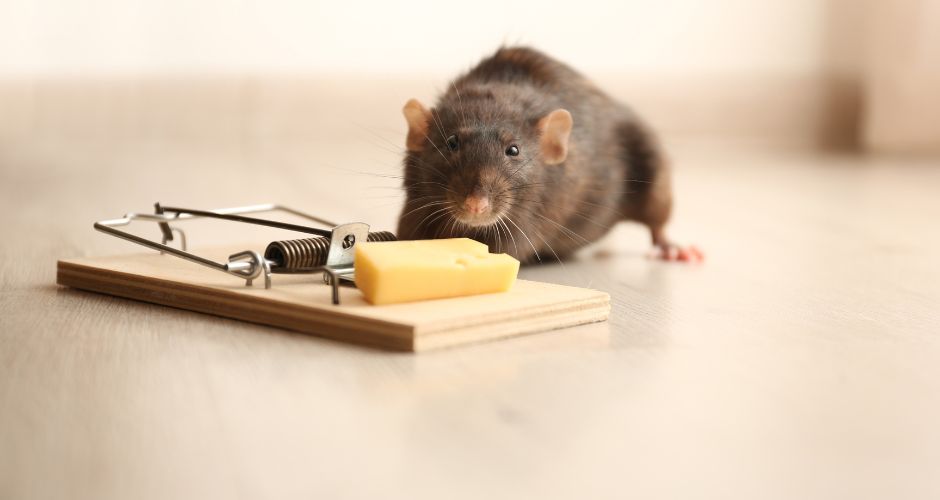
- Regular Inspections:
- Conduct regular inspections of your home, both inside and outside, to check for signs of rodent activity. Look for droppings, gnaw marks, and nesting materials.
- Early detection can prevent infestations from worsening.
- Use Natural Deterrents:
- Consider using natural deterrents like peppermint oil. Soak cotton balls in peppermint oil and place them near entry points or areas of rodent activity.
- Encourage natural predators like owls and snakes in your outdoor spaces to help control rodent populations.
- Set Traps:
- Place snap traps or live traps in areas where you’ve noticed rodent activity. Snap traps are effective for immediate action, while live traps allow for the relocation of captured rodents.
- Use appropriate bait, such as peanut butter or cheese, to lure rodents into traps.
- Education and Awareness:
- Stay informed about rodent control best practices and share this information with family members, neighbours, and friends to collectively reduce the risk of rodent infestations in your community.
- Seek Professional Help When Needed:
- If your efforts are not effective, or if the infestation is severe, consult with professional pest control services. They have the expertise and resources to address the issue safely and effectively.
Cleaning and Sanitation After an Infestation
- Thoroughly Cleaning Affected Areas:
- Remove Rodent Droppings: Safely dispose of rodent droppings and urine-soaked materials using gloves and masks. These materials can carry harmful bacteria and viruses.
- Disinfecting: Clean and disinfect affected areas to kill any remaining bacteria or viruses. Use appropriate disinfectants to ensure a thorough cleanup.
- Proper Disposal of Rodent Waste and Contaminated Materials:
- Bag and seal any contaminated materials, including droppings, nesting materials, and damaged items. Dispose of them following local regulations and guidelines.
- Avoid direct contact with waste by wearing protective gear such as gloves and masks.
Maintaining a Rodent-Free Environment
- Ongoing Vigilance and Prevention:
- Regularly inspect your home and property for signs of rodents, even after an infestation has been resolved. Vigilance is crucial to catching potential problems early.
- Continuously practice preventive measures to reduce the attractiveness of your property to rodents.
- Regular Inspections and Maintenance:
- Periodically check for new entry points or damage that might allow rodents to return. Address any vulnerabilities promptly by sealing gaps and cracks.
- Maintain a schedule for inspecting crawl spaces, attics, and other areas where rodents may try to gain access.
- Educating Others About Rodent Control Best Practices:
- Share these tips and information with family members, neighbours, and friends to collectively reduce the risk of rodent infestations in your community. Encourage others to take proactive measures.
Conclusion
In conclusion, effective rodent control is essential for maintaining a healthy and pest-free home. By understanding the signs of infestation, implementing prevention strategies, and utilizing humane control methods, you can protect your property and family from the dangers associated with rats and mice. Regular maintenance and vigilance will help ensure that your living spaces remain rodent-free and safe for years to come.

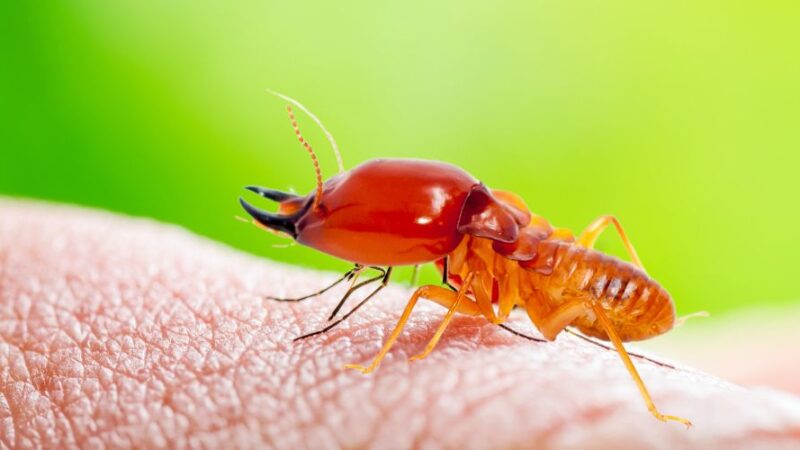
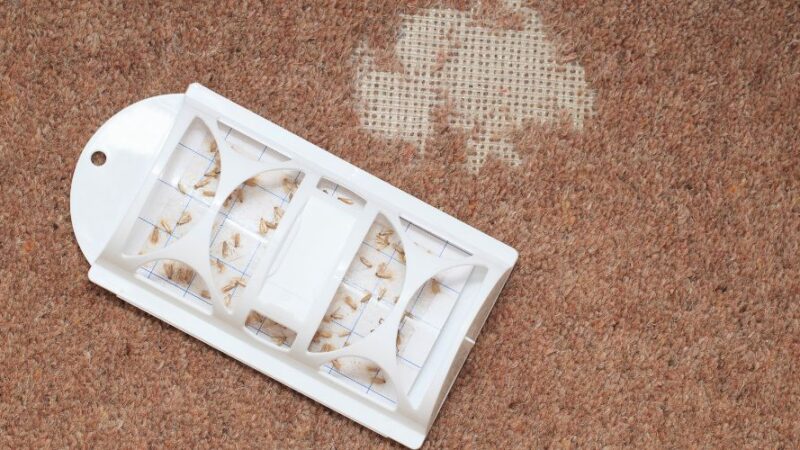

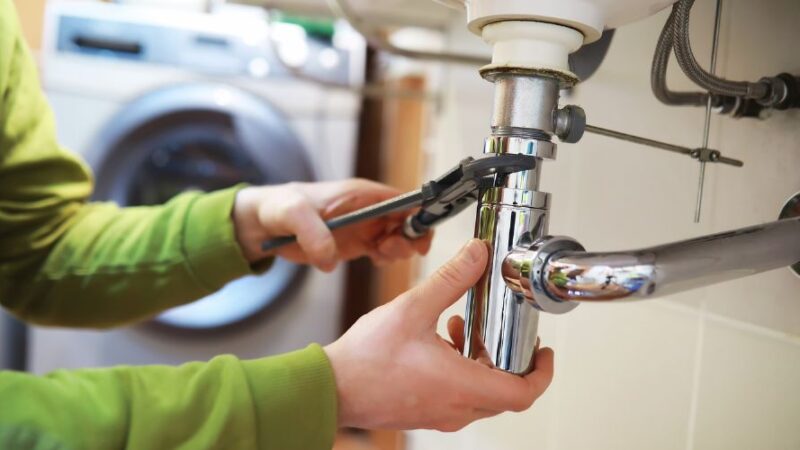
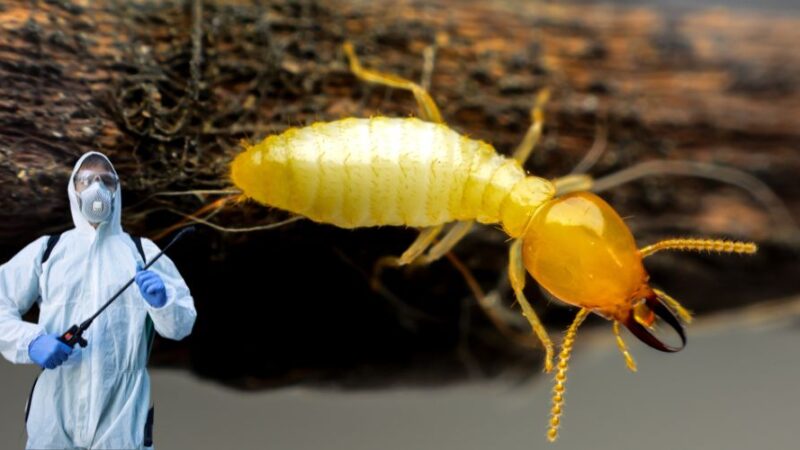
3 thoughts on “How to Get Rid of Mice from House”